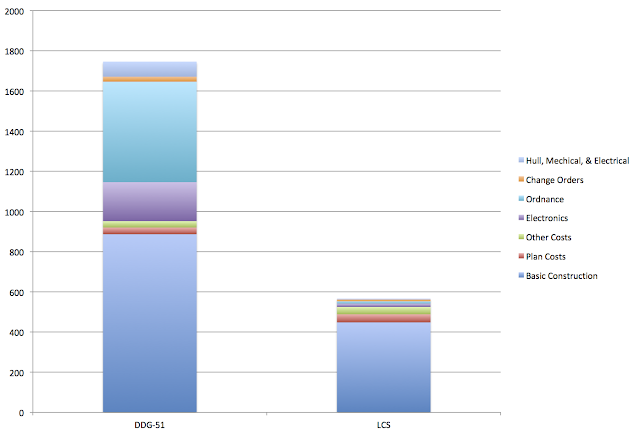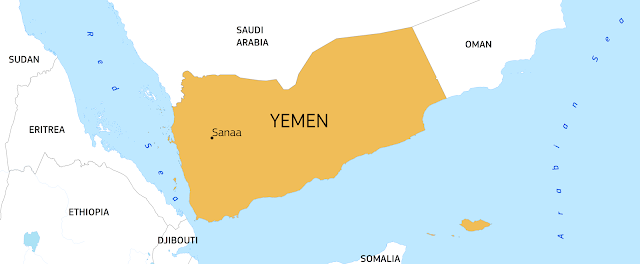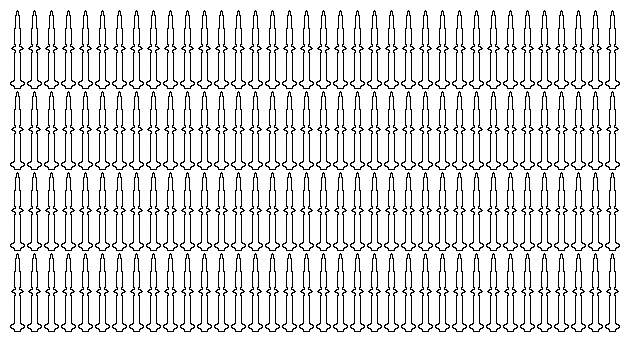The Cost of a Warship and Some Thoughts on FFG(X) (2018)

As the US Navy's FFG(X) program heats up, I've been digging through the Navy's FY19 budget submission to get an idea of various costs trade offs involved in designing a modern "medium end" warship. While none of the information that I have found is particularly revolutionary, I thought I would post my conclusions were still worth posting. Today, the Navy only has two active production lines for surface combatants - the DDG-51 Flight III Arleigh Burke and the LCS Flight II Freedom / Independence . However, since these two designs are on opposite ends of the spectrum (one widely acknowledged as the most capable warship in the world and the other routinely criticized for its lack of capability), comparing them directly is remarkably valuable. A DDG-51 Flight III has an official Gross Unit Cost of $1,747 million while an LCS Flight II is $565 million (all figures in this post are an average of the 7 DDG or 6 LCS in FY17-19). However, the actual amount spent p...


